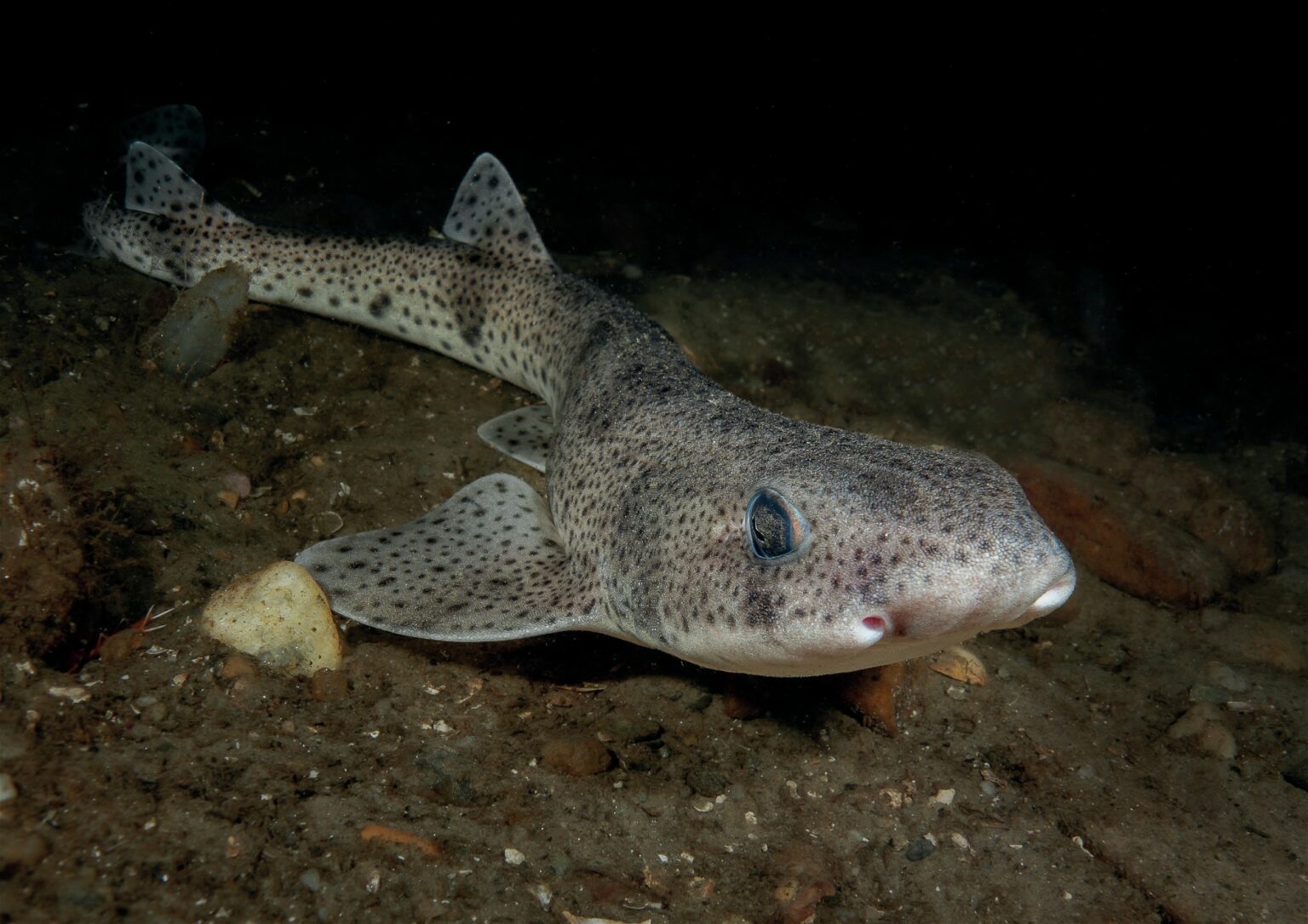Ross McLaren explores the diverse and rich waters of Loch Fyne, which is well known for supplying incredible seafood, but is a haven for divers.
Discovering Loch Fyne: Scotland's Largest Sea Loch
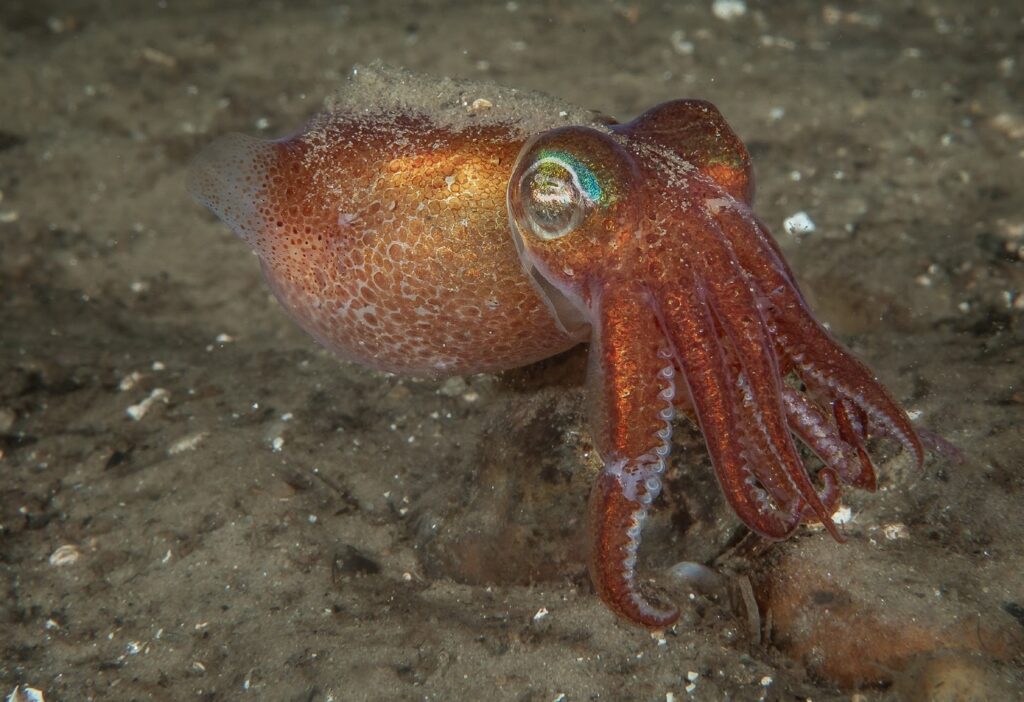
Loch Fyne on Scotland’s west coast is probably most well-known for the incredible seafood that comes from it and sold across the UK and Europe. Despite its neighbour Loch Long sporting a name that might suggest it is, in fact, Scotland’s longest sea loch, at 70km and with a maximum depth of around 200m, Loch Fyne finds itself topping that particular chart.
Journey to Loch Fyne: Breathtaking Landscapes and Access Points
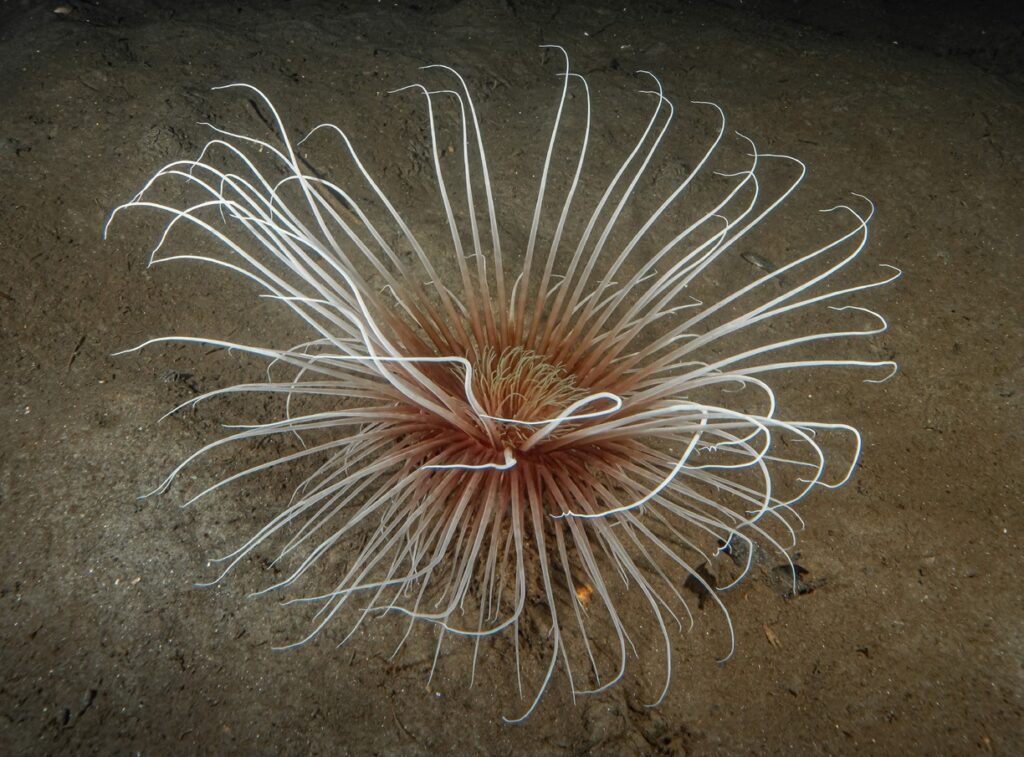
As you expect from Scotland’s largest sea loch, Loch Fyne provides plenty of opportunities for divers to experience our incredible underwater world. If the diving wasn’t enough, the journey itself is an experience not to be missed! From Glasgow you head up the west bank of Loch Lomond before taking the left fork at Tarbet and coming out onto the head of Loch Long at the small village of Arrochar. The views along the banks of both lochs are to die for.
St Cats: A Popular and Accessible Dive Site
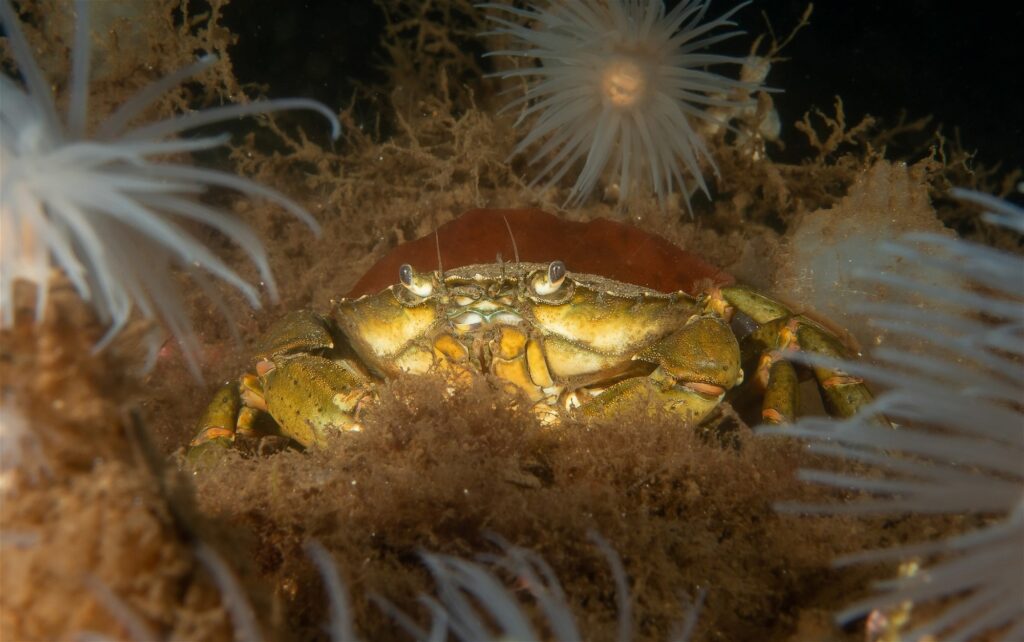
From Arrochar you head around the tip of Loch Long before driving down the west side under the shadow of the epic Arrochar Alps. This is a small cluster of Munros, including The Cobbler, Beinn Ime and Beinn Narnain, which for the adventurous, could be squeezed into a weekend visit as well as diving. The road then takes you away from Loch Long and through the unbelievable Glen Croe.
According to Finstrokes, at the last count, there were 22 dive sites in Loch Long… And no, I can’t even pretend I’ve dived them all, but it’s pretty safe to say there’s enough to whet the appetite of any diver.
I don’t think there is another dive site in Scotland as popular as St Cats, on Finstrokes it’s listed as Seal Reef and some also call it St Catherines. The name might be up for discussion, but its popularity is most definitely not! With its relatively easy access, plenty of space for parking and beautiful reef, it’s a fantastic site for all. There’s just one issue… The good old Scottish midge! They very much appreciate this cracking dive site as well in the summer and enjoy a wee buffet courtesy a la diver… you have been warned! However, the site is well worth braving our wee pests. Now there’s two ways to dive St Cats. The ‘main’ dive is straight forward to be honest. Once you’ve dropped beneath the surface and head directly out from the shore you come to a ‘drop off’. It’s not a cliff per-say, but it’s a pretty obvious drop. At this point head down to around 8m to 10m and simply turn right keeping the slope on your right-hand side.
Now this isn’t the main part of the dive, but don’t rush, keep an eye out here for the dogfish hanging around the slope, and even the odd little cuttle if you’re really lucky. Keep finning at about 10m and eventually you pick up the rocky reef. From this point it is totally up to yourself as to your depth. If you’re looking for a shallower dive simply keep swimming across the reef and take as long as you like looking under all the rocks, there’s plenty of life to find.
Did you know?
Loch Fyne, is a sea loch off the Firth of Clyde and forms part of the coast of the Cowal peninsula. Located on the west coast of Argyll and Bute, Scotland. It extends 65 kilometres inland from the Sound of Bute, making it the longest of the sea lochs in Scotland.
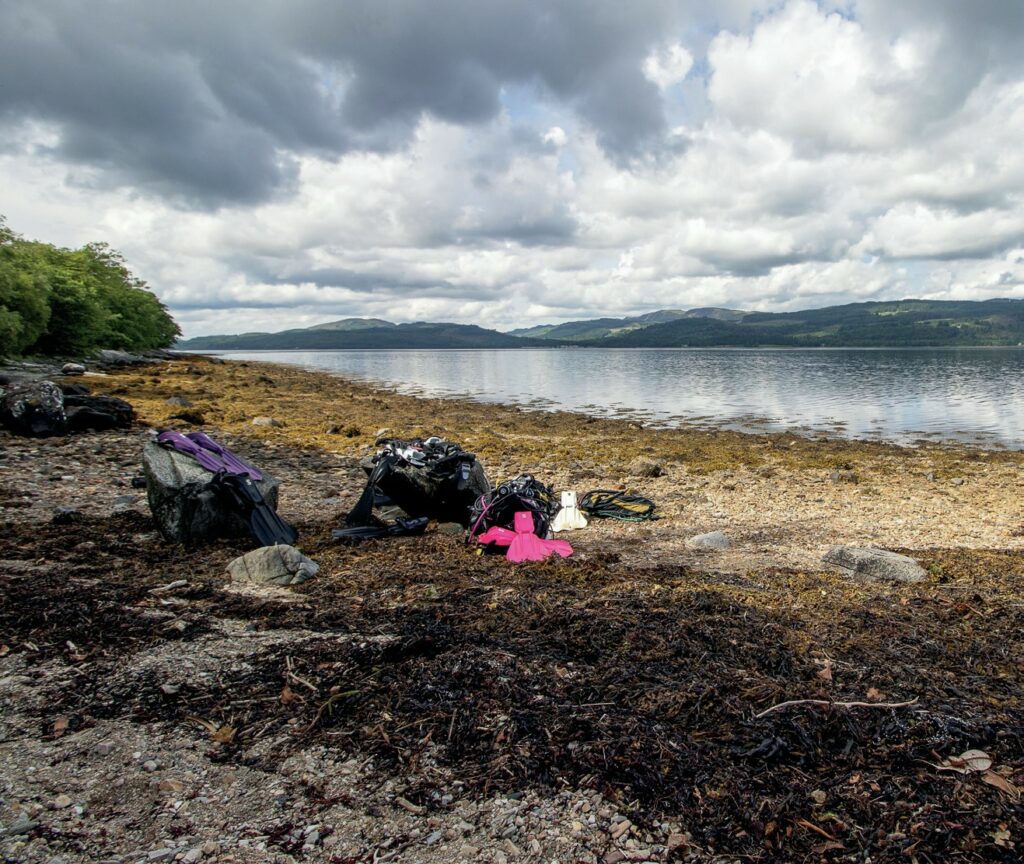
Personally, I always tend to follow the edge of the rocks down to steel wire which stretches right across the reef at about 16m to 20m, I’ve no idea what it’s from, but it makes for a really good navigation point during the dive. Most people tend to use this as the start of their zig zag exploration of the reef, but if you are looking for depth swim over the top of the wire and continue to follow the rocks down to your chosen depth. I’ve only ever been to around 40m, and although there isn’t much in the way of life, there has been fireworks anemone found at depth and even the odd cuttlefish/bobtail squid.
Personally, I always tend to follow the edge of the rocks down to steel wire which stretches right across the reef at about 16m to 20m, I’ve no idea what it’s from, but it makes for a really good navigation point during the dive. Most people tend to use this as the start of their zig zag exploration of the reef, but if you are looking for depth swim over the top of the wire and continue to follow the rocks down to your chosen depth. I’ve only ever been to around 40m, and although there isn’t much in the way of life, there has been fireworks anemone found at depth and even the odd cuttlefish/bobtail squid.
Regardless of the depth you chose the dive itself is the same. Simply zig zag your way back up the reef taking your time. The rocks are absolutely teeming in life and there’s very often the odd lobster hiding away. Once you’re done exploring simply head back to the edge of the rocks, now keeping the slope on your left at about 10m again and the fin back for about the same time it took you to reach the boulders and you’re back to the entry point. It’s as easy as that!
Now, if you are looking for something a wee bit different there is actually a ‘wreck’ of a speed boat in the opposite direction to the reef. Many people will give bearings, etc, to reach it, but I’ve found the easiest way to find it is to simply swim straight out and down from the entry point and head to around 18m to 22m. From herem turn left keeping the slope on your left-hand side. Have your buddy swim at around 17m and you at about 21m (if visibility allows for it) and simply start finning until you come across it. Depending on your fin strokes, you should hit the wreck after about four to seven minutes. The detour from the ‘main’ dive to visit the speedboat is well worth it. The ‘wreck’ is pretty much intact, though the seats seem to have miraculously detached themselves, and is now home to squat lobster, anemones and at one time a rather large ling.
My suggestion for taking in the speed boat is to do this first and once you’re finished exploring the wreck, head up the slope to a shallower depth, then head back along it keeping it on your right-hand side. This will take you back to the entrance, however if gas/dive plan allows you can continue along to the main reef and do a slightly shallower zig zag checking out the boulders once again.
Anchor Point: A Beautiful and Challenging Dive Experience
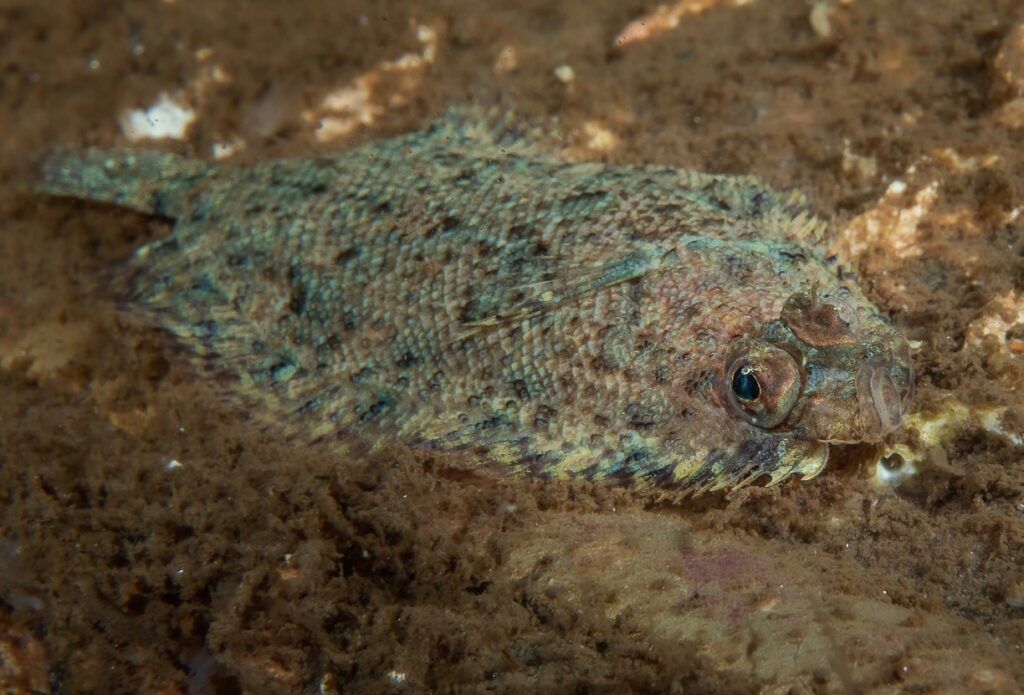
It seems to be a fairly common name for dive sites in Scotland, but Anchor Point in Loch Fyne must be one of the ‘finest’… sorry, couldn’t resist. A good 20 to 30 minutes further down the loch from St Cats/Seal Reef, the added drive is more than worth it for this dive. Again, parking is fairly good at the side of the road with a really easy entry and exit to the site.
The dive here isn’t quite as straight forward as at St Cats, yes… I may have slightly got lost last time, thankfully my buddy didn’t! From the big rock on the right-hand side of the beach (makes for a good perch for kit), head into the water and then roughly NW down to about 16m, where you should reach the top of the wall. Follow the wall down to about 30m and then zig zag back up the cliff face. The rock is alive with squat lobster, the odd lobster and there’s even a rumour of a conger hiding in the cracks. It’s a very different dive to the one back up the road at St Cats. With the cliff it adds for some really interesting underwater topography and the wall is an impressive sight to behold in itself.
Drishaig Reef: A Unique Dive with Fireworks Anemone
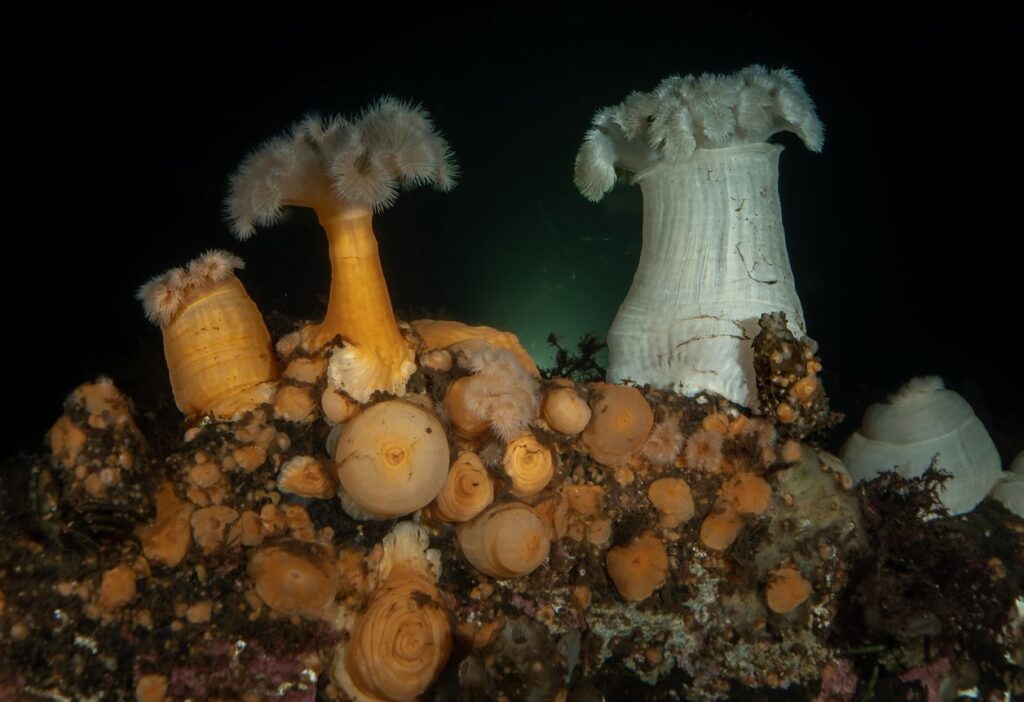
Last, but definitely no least on our whistlestop tour of Loch Fyne is Drishaig Reef. Found on the west side of the loch, this site is definitely not one to be missed. As you come round the head of the loch, you pass the world-famous Loch Fyne Oysters (which makes a very nice pit stop afterwards) and from here count the parking places on the left-hand side of the road. The fourth is a large layby with plenty of room for around five to eight cars, if you’re good at Tetris. At the end of the layby, next to the P sign is a relatively gentle slope down to the beach, and from here you head straight into the water.
Like the other sites, its relatively easy to navigate, head left ‘up’ the loch keeping the slope on your left should at around 10m to 12m and you come to a lovely rocky reef where you’ll find the usual characters hiding out in among the crevices. From crabs to plumose anemone and nudibranch, there’s an abundance of life living in and around the reef. But, where this site really sets itself apart from the others, is when you head a bit deeper.
From the bottom of the rocks, head down to around 25m to 30m and very carefully search the seabed for the incredible fireworks anemone littering the silty bottom. Now, silty is definitely the key word here. The main ‘issue’ with this site is the silt. Even the smallest movement can cause it to stir up and can become a bit disorientating… definitely not talking from experience! However, keep off the bottom and you’ll find at least five of these incredible animals dotted around, and if you’re lucky the odd langoustine. I even managed to spot a little cuttle here as well… just a shame the vis was a bit poor at that particular moment to get a photo… can’t imagine why that might have been.
Exploring Loch Fyne and Beyond: A Diver's Paradise
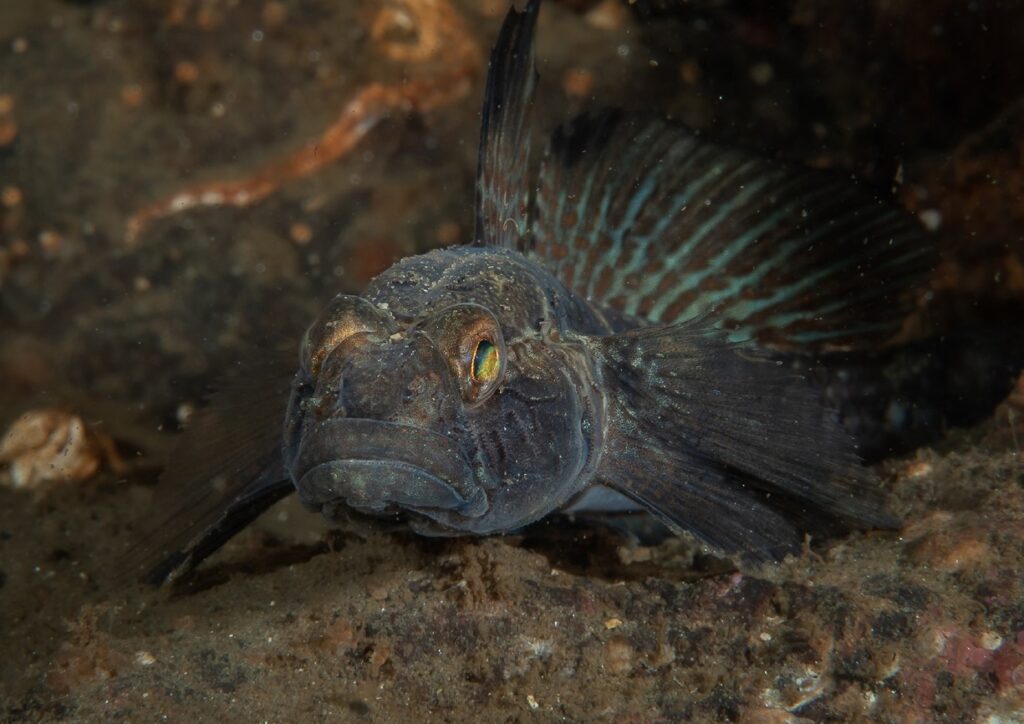
Loch Fyne (and Loch Long) are both very much over shadowed by the more popular Loch Lomond nearby. But, for us as divers, both lochs offer not just the natural beauty above the water, that in my opinion very much rivals their more-famous neighbour, but also an abundance of adventure below the waterline.
Photographs by Ross McLaren
This article was originally published in Scuba Diver UK #69.
Subscribe digitally and read more great stories like this from anywhere in the world in a mobile-friendly format. Link to the article
